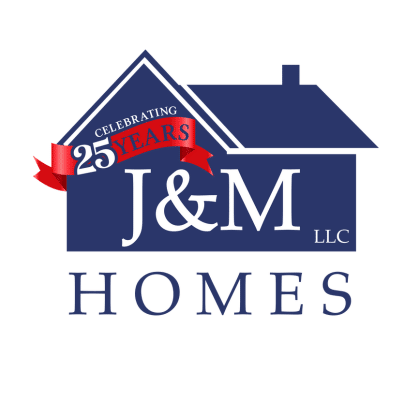One of the biggest selling points for manufactured homes is the lot on which the home is situated. In many instances manufactured home on land will rest on a concrete pad, designed to support the so-called living weight of the home. That is the weight of the manufactured home, its contents and the number of persons residing in the home.
Some manufactured homes on land rest on foundations, giving occupants the use of a basement as well as an area for which utilities are installed such as heating units and storage space. The value of manufactured homes on land increases if the home and land are owned by the resident of the home and when the time comes to sell the home it is sold together with the land on which it sits.
Loans through private lenders can be guaranteed by the Federal Housing Administration or procured through Housing and Urban Development funds. Loan amounts are capped and depend on whether the home is sold alone or if the manufactured homes on land on which it sits, which has a higher ceiling for a loan.
Maintaining manufactured homes on land also require that maintenance be performed to protect them from damages not usually experienced with traditional homes. Any skirting around the home made of wood must be made of treated lumber and maintained properly to prevent rot and the underside of the manufactured home must be inspected periodically to insure it maintains it integrity.
The main advantage of manufactured homes on land is the space provided for residents with which to enjoy an outdoor living area. Depending on the size of the land on which the manufactured home sits, additional buildings can be erected for storage or for protection for any vehicles parked adjacent to the home. Adding the additional storage spaces can provide more room within the home and make it feel more like a traditional house.

